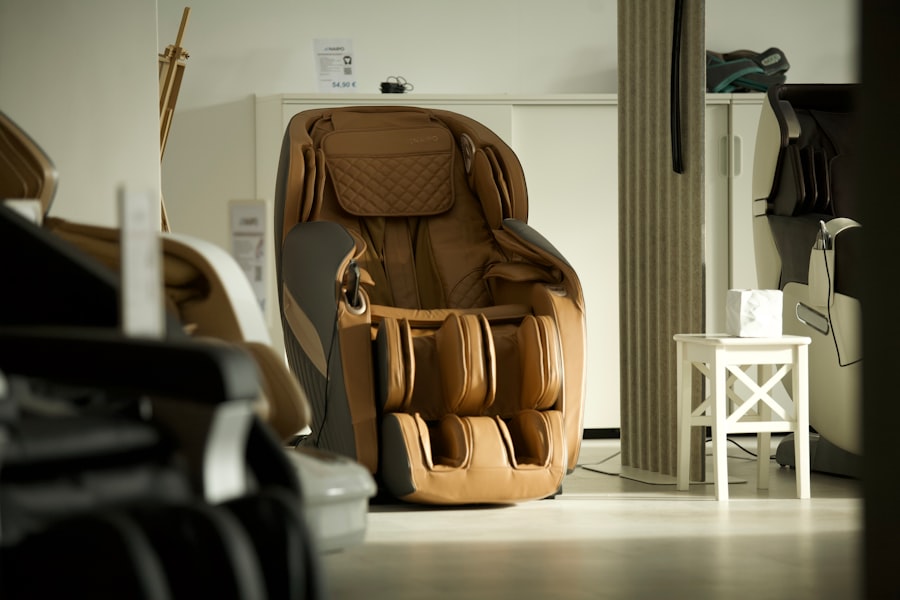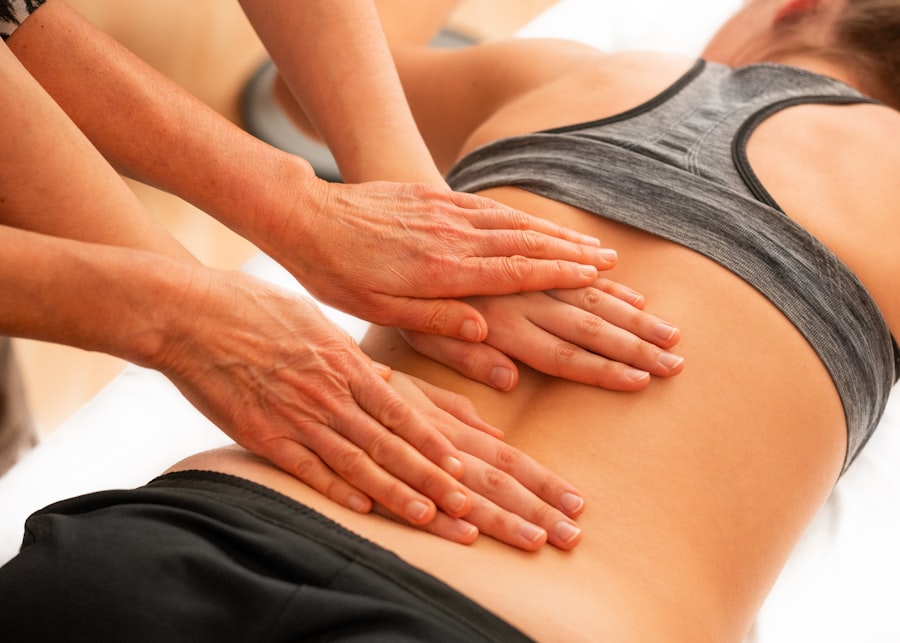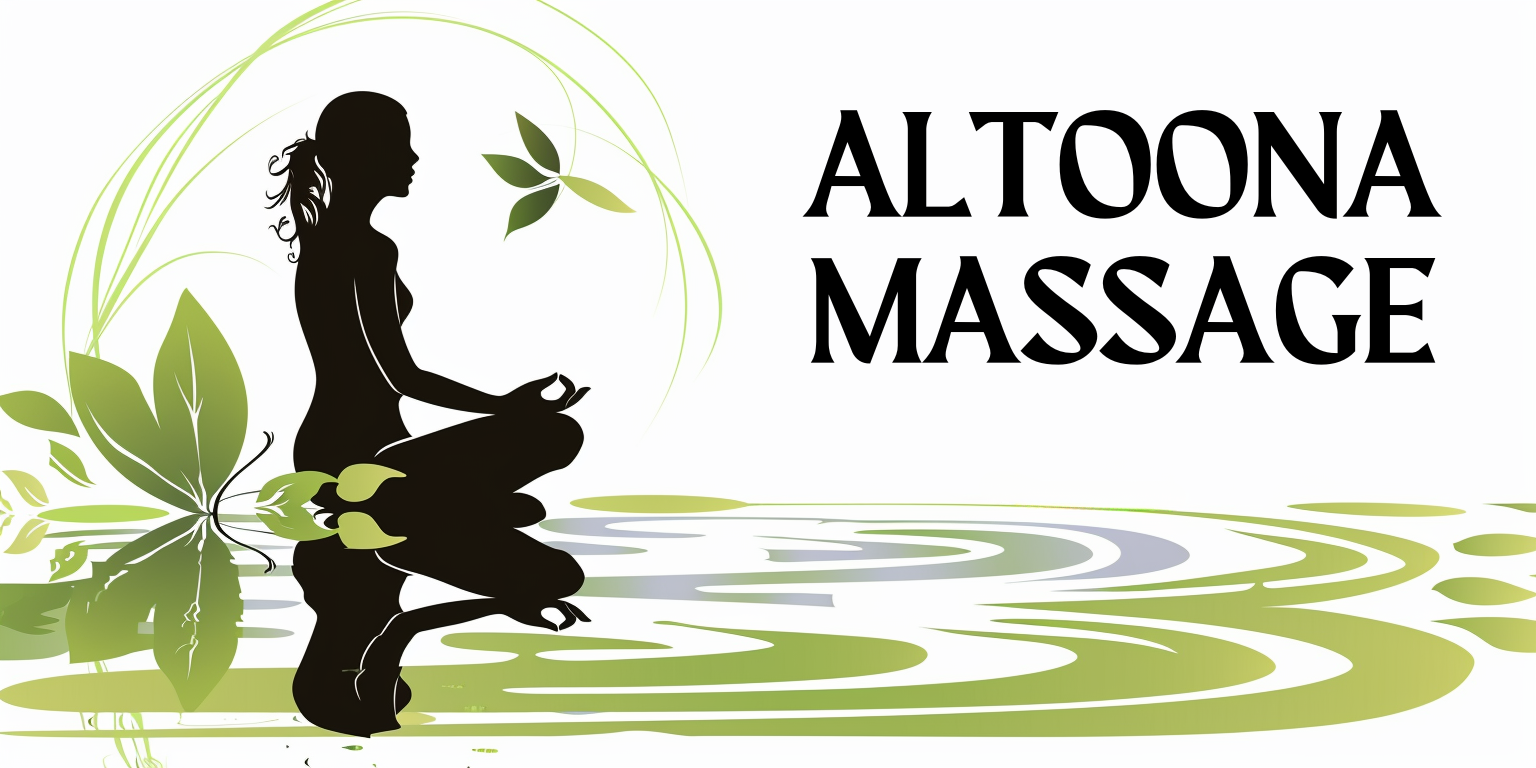Chair massage is a specialized form of massage therapy that is performed while you are seated in a specially designed chair. This type of massage focuses on key areas of tension in the body, such as the back, neck, shoulders, and arms. Unlike traditional massage, which often requires you to lie down on a table, chair massage allows for a more accessible and convenient experience.
It is typically shorter in duration, ranging from 10 to 30 minutes, making it an ideal option for those with busy schedules or those who may feel uncomfortable undressing for a full-body massage. The design of the chair itself plays a crucial role in the effectiveness of this massage technique. These chairs are ergonomically crafted to support your body while allowing the therapist easy access to your muscles.
The experience is often enhanced by the use of various techniques, including kneading, tapping, and compression, which can help alleviate tension and promote relaxation. Chair massage is commonly found in workplaces, wellness centers, and events, making it a versatile option for anyone looking to relieve stress and improve their overall well-being.
Key Takeaways
- Chair massage is a type of massage that is performed in a specially designed chair, focusing on the head, neck, shoulders, back, and arms.
- Chair massage works by applying pressure to specific points on the body to release tension and promote relaxation.
- The benefits of chair massage include stress reduction, improved circulation, pain relief, and increased energy levels.
- Anyone can benefit from chair massage, especially those with busy schedules, high stress levels, or physical discomfort.
- Chair massage differs from traditional massage in terms of duration, technique, and the use of a specialized chair for the treatment.
How Does Chair Massage Work?
How Chair Massage Works
Chair massage targets specific muscle groups that often hold tension due to stress, poor posture, or repetitive movements. As you sit comfortably in the chair, the therapist uses their hands to apply pressure to these areas, helping to release tightness and improve circulation.
A Focused Approach
The seated position allows for a more focused approach, enabling the therapist to concentrate on the upper body while you remain fully clothed and relaxed.
Customized Techniques
The techniques employed during chair massage can vary widely depending on the therapist’s training and your individual needs. Some may incorporate elements of acupressure or deep tissue work, while others might focus on lighter strokes to promote relaxation. Regardless of the approach, the goal remains the same: to alleviate discomfort and enhance your sense of well-being.
Immediate Benefits
The immediate effects can often be felt right after the session, leaving you feeling rejuvenated and more at ease.
The Benefits of Chair Massage

The benefits of chair massage extend far beyond mere relaxation. One of the most significant advantages is its ability to reduce stress levels. In today’s fast-paced world, stress can accumulate quickly, leading to physical and mental fatigue.
Chair massage provides a quick escape from daily pressures, allowing you to unwind and recharge in a short amount of time. This can lead to improved focus and productivity once you return to your tasks. Additionally, chair massage can help alleviate physical discomfort caused by muscle tension.
Many people experience tightness in their shoulders and neck due to prolonged sitting or poor posture. By targeting these areas, chair massage can help release knots and improve flexibility. Regular sessions may also contribute to better posture over time, as increased awareness of body alignment develops through the therapeutic touch.
Furthermore, the boost in circulation can enhance overall health by delivering oxygen and nutrients to your muscles more effectively.
Who Can Benefit from Chair Massage?
Chair massage is suitable for a wide range of individuals, making it an inclusive option for many people seeking relief from tension and stress. Office workers often find chair massage particularly beneficial due to the sedentary nature of their jobs. Sitting for long periods can lead to stiffness and discomfort, making a quick chair massage an excellent way to break up the day and rejuvenate both body and mind.
Moreover, athletes and fitness enthusiasts can also reap the rewards of chair massage. After intense workouts or competitions, muscle recovery is essential for performance improvement. A chair massage can help reduce soreness and speed up recovery time by promoting blood flow to fatigued muscles.
Even those who may not engage in regular physical activity can benefit; anyone experiencing stress or tension in their daily lives can find relief through this accessible form of therapy.
The Difference Between Chair Massage and Traditional Massage
While both chair massage and traditional massage share the same goal of promoting relaxation and alleviating tension, they differ significantly in their approach and execution. Traditional massage typically involves a full-body treatment where you lie on a table, allowing the therapist to work on various muscle groups throughout your body. This method often requires disrobing and may last anywhere from 60 minutes to two hours.
In contrast, chair massage is designed for convenience and efficiency. You remain fully clothed during the session, which eliminates any discomfort associated with undressing. The focus is primarily on the upper body—specifically the back, neck, shoulders, and arms—making it a quicker option that fits seamlessly into your day.
This makes chair massage an excellent choice for those who may be hesitant about traditional massages or who simply do not have the time for a longer session.
How to Prepare for a Chair Massage

Preparing for a chair massage is relatively straightforward, but there are a few steps you can take to ensure you get the most out of your experience. First and foremost, it’s essential to arrive at your appointment feeling relaxed and open-minded. If possible, try to set aside any lingering stress or distractions before your session begins.
This mental preparation will allow you to fully engage with the experience. Additionally, consider wearing comfortable clothing that allows for easy movement. Since you will remain clothed during the session, loose-fitting attire will enable the therapist to access your muscles without restriction.
It’s also helpful to communicate any specific areas of tension or discomfort with your therapist before they begin. This way, they can tailor their approach to meet your individual needs effectively.
Finding a Chair Massage Provider
Finding a qualified chair massage provider is crucial for ensuring a positive experience. Start by researching local wellness centers or spas that offer chair massage services. Many businesses provide information about their therapists’ qualifications and specialties on their websites or social media pages.
Look for reviews or testimonials from previous clients to gauge their satisfaction with the service. If you’re considering chair massage in a workplace setting, inquire whether your employer offers wellness programs that include this service. Many companies recognize the benefits of providing employees with access to chair massage as part of their health initiatives.
If you’re unable to find a provider locally, consider exploring mobile massage services that bring therapists directly to your location.
Incorporating Chair Massage into Your Wellness Routine
Incorporating chair massage into your wellness routine can be an effective way to enhance your overall health and well-being. Consider scheduling regular sessions—whether weekly or monthly—to create a consistent practice that helps manage stress levels and muscle tension over time. You might also explore pairing chair massage with other wellness activities such as yoga or meditation for a holistic approach to self-care.
Additionally, don’t hesitate to advocate for chair massage in your workplace or community events. Organizing group sessions can foster camaraderie among colleagues while promoting a culture of wellness within your organization. By making chair massage a regular part of your routine, you’ll likely notice improvements in both your physical comfort and mental clarity, leading to a more balanced lifestyle overall.
In conclusion, chair massage offers a unique blend of convenience and therapeutic benefits that make it an appealing option for many individuals seeking relief from stress and tension. By understanding what chair massage entails, how it works, and its numerous advantages, you can make informed decisions about incorporating this practice into your life. Whether you’re looking for quick relief during a busy workday or seeking regular sessions as part of your wellness routine, chair massage has something valuable to offer everyone.
FAQs
What is chair massage?
Chair massage is a type of massage that is performed while the client sits fully clothed in a specially designed chair. The massage therapist focuses on the head, neck, shoulders, back, and arms, using a variety of massage techniques to provide relaxation and relief from tension.
How does chair massage work?
During a chair massage, the client sits in a specially designed chair that allows the massage therapist to access the head, neck, shoulders, back, and arms. The massage therapist uses a combination of kneading, compression, and percussion techniques to release tension and promote relaxation in the client’s muscles.
Who can benefit from chair massage?
Chair massage can benefit a wide range of people, including those who experience tension and discomfort in their head, neck, shoulders, and back. It is particularly popular in workplace settings, as it can help reduce stress and improve overall well-being for employees. Additionally, individuals who may not be comfortable disrobing for a traditional massage can benefit from chair massage, as it is performed fully clothed.
